Research
My background research has focused on the following:
- American nature writing and the history of the environmental movement in the US.
- Local history in Nevada County, including the gold rush and genocide of indigenous people as well as the hippie movement of the 1960's.
- Contemporary forestry and logging practices.
- The history and land management practices of indigenous people in the area, especially the Nisenan and Miwok peoples.
- I have reached out to representatives of the Nisenan tribe to discuss possible collaboration on the project; they seemed interested and excited about it but things are still at a very early stage.
- Ecology of the mixed-conifer forests, chaparral, and oak savannas in that part of the Sierra Nevada. This includes books but also subjective, in-person observations over the course of the year and a half I lived there and conversations with friends and family who live in the area.
- Speculative histories of the near-future, including Kim Stanley Robinson, Peter Frase, and others.
- History of New Deal era projects like the WPA and civilian conservation corps.
- How nature is presented in games specifically, as either static background for adventuring or as unlimited resource supply. A lot of my own research and thinking, but also “Playing Nature” by Alenda Chang has been a helpful resource.
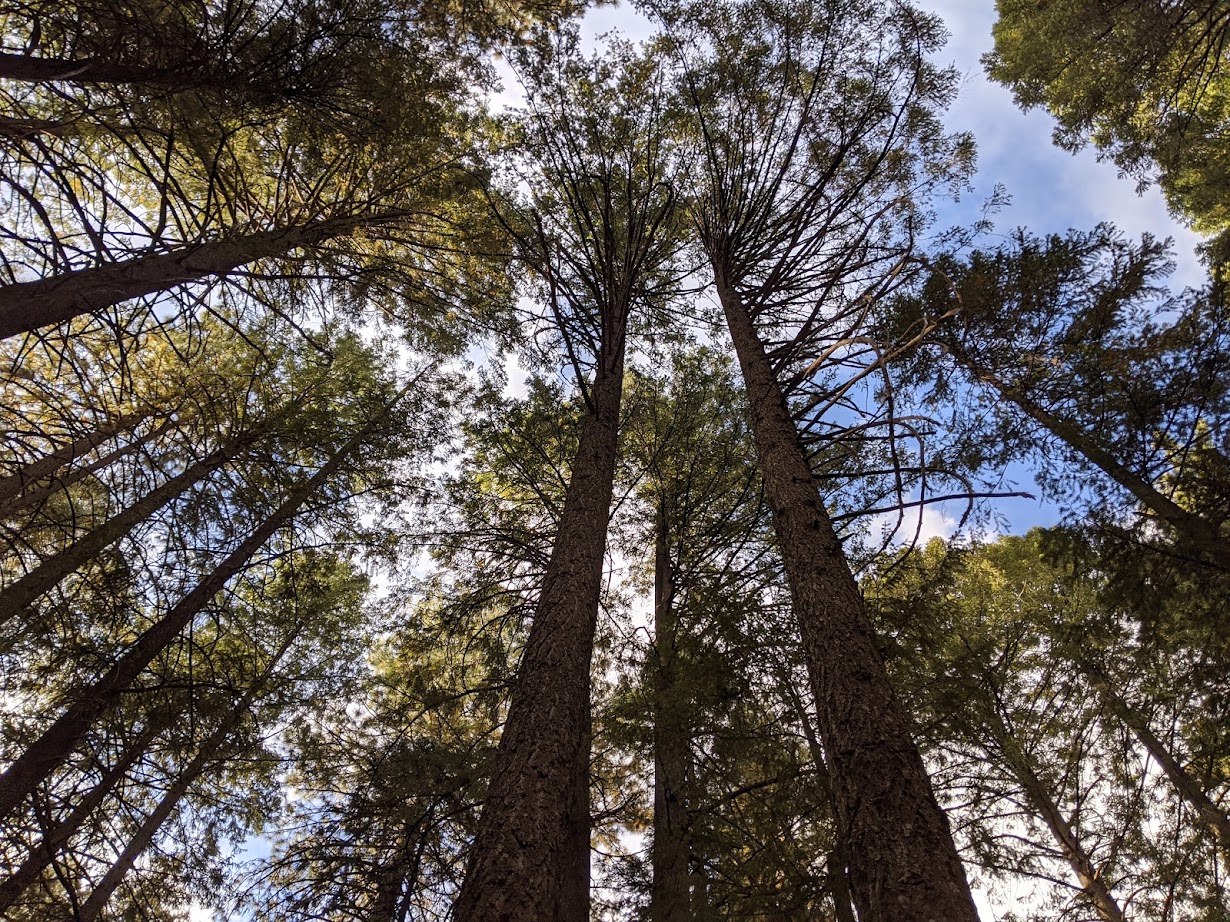



One important goal of the piece is to capture and share a personal, subjective view of the Sierra Nevada foothills where I grew up. These forests are threatened by increasingly devastating wildfires exacerbated by climate change. I was grateful to get to spend so much time there during the COVID-19 pandemic.
Much “nature-oriented” media presents the landscape as a proving ground for rugged individuality, featuring solo ‘survivalists’ who venture into remote areas to prove their mettle and demonstrate their skills in an unselfconscious re-enactment of American pioneer mythology. Although experiencing isolation in nature can be emotionally or spiritually fulfilling, we are more interested in depicting nature and the biosphere in terms of collective responsibility, shared experience, and attention and care for nonhuman entities. I’ve relied a lot on writers like local poet and activist Gary Snyder, as well as more recent writings by artist Jenny Odell, the science fiction writer Kim Stanley Robinson, and others.

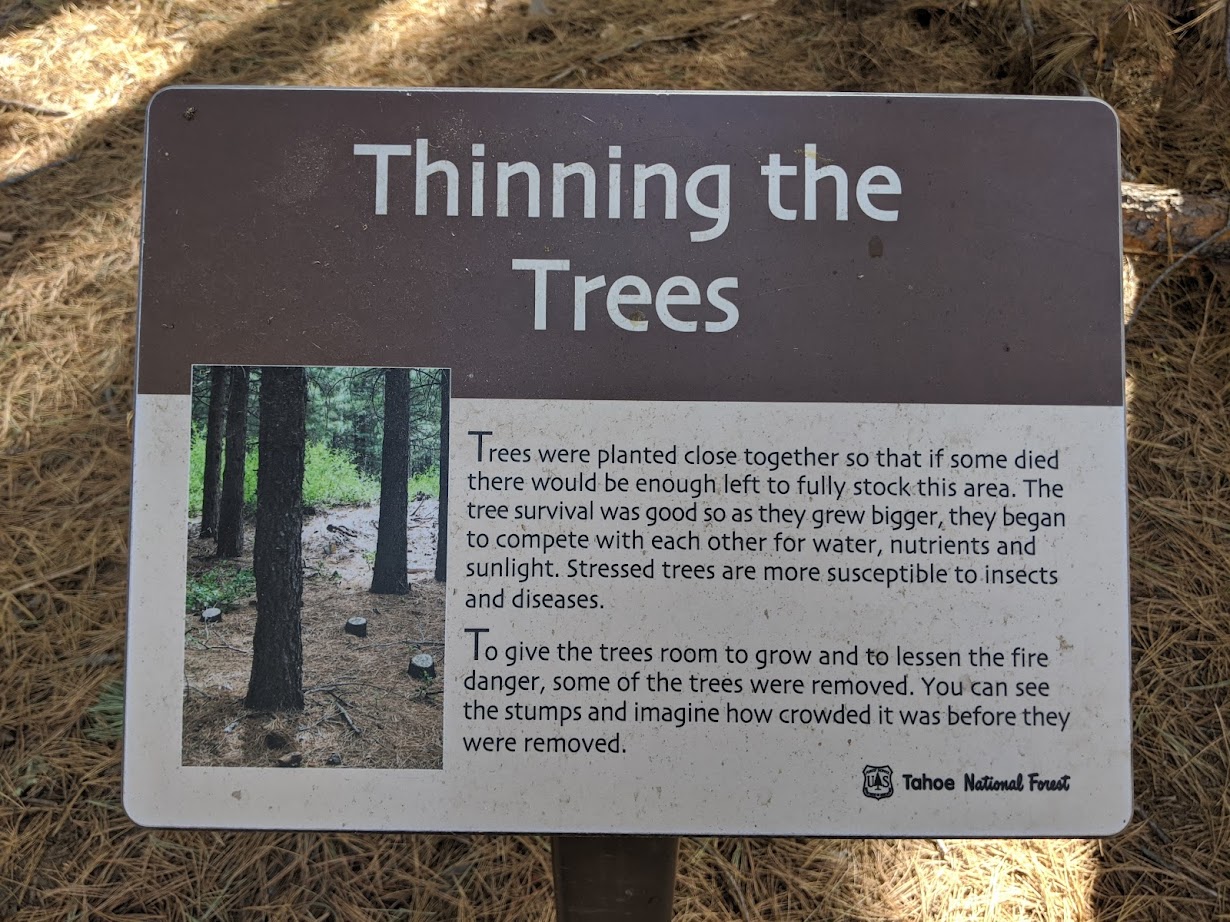

Another important idea is to model aspects of real forest ecologies.
These signs from an interpretive nature trail near the Omega diggins along Highway 20 illustrate how different species are interconnected, and how human intervention in the forest can improve the forest’s health.
We may use a similar visual motif for gameplay tips during loading screens.
I came to Alenda Chang’s Playing Nature late in my research for the project, but was happy to find how her thinking resonated with (and expanded upon) my own. She writes:
These signs from an interpretive nature trail near the Omega diggins along Highway 20 illustrate how different species are interconnected, and how human intervention in the forest can improve the forest’s health.
We may use a similar visual motif for gameplay tips during loading screens.
I came to Alenda Chang’s Playing Nature late in my research for the project, but was happy to find how her thinking resonated with (and expanded upon) my own. She writes:
In my view, a game’s “Environmentality” does not depend on its possessing an overt environmentalist rhetoric, but rather follows from its modeling of ecological states and relations, however admirable or terrible that modeling may be. At present, most games commit at least one if not all of the following missteps in their realization of in-game environments: relegating environment to background scenery, relying on stereotyped landscapes [as opposed to specific places and ecosystems], and predicating player success on extraction and use of natural resources. (p21)

I’ve been discussing green future tech with my partner Julia Wang, who formerly worked as a visual designer and photographer for Google X (an experimental “moonshot” division of google). Although I feel strongly that it’s important to foreground social and political solutions to the climate crisis, I am interested in representing green tech in the game such as computer vision for analysing plant health, drone based broadcasting of seeds, and more, especially where it lends itself to compelling gameplay, or could be used to make quality-of-life features make sense in the fiction of the game.
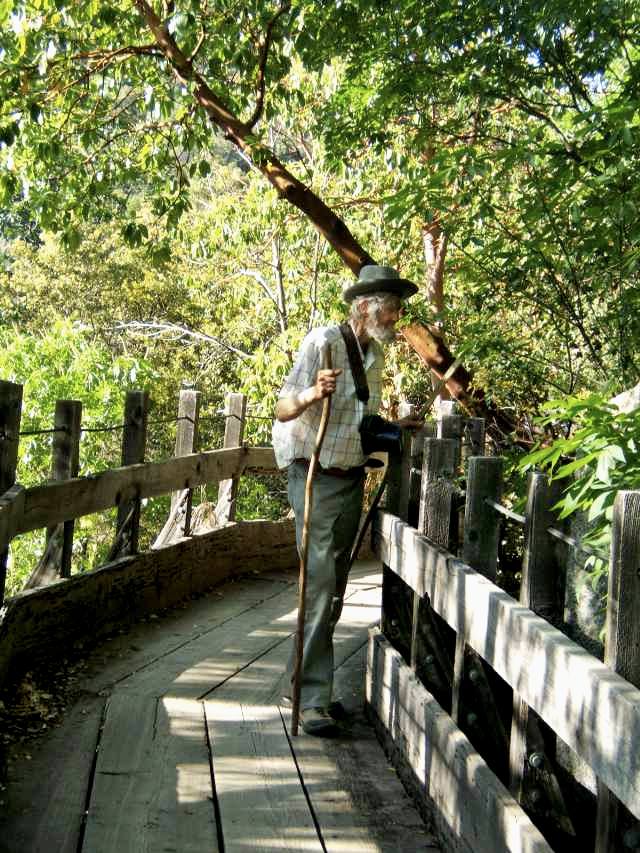

One major inspiration for the project is the Independence Trail, outside of Nevada City, CA.
From the Nevada City chamber of commerce:
Located just over six miles from downtown Nevada City, the forested Independence Trail founded by Naturalist John Olmsted was the first wheelchair accessible wilderness trail in the country.
The trail utilizes the old Excelsior Ditch, built around 1859 to carry water for hydraulic mining. Because of the easy, level grade, this is a good walking trail for families and folks with limited mobility. Depending on the route you take – east or west – this shaded trail is known for its mixed conifer and hardwood forest, old wooden flumes, dramatic views of Rush Creek, occasional views of the South Yuba River canyon and rugged challenging scrambles to river swim holes.
The wooden canal was destroyed in the Jones Bar fire of 2021, but efforts are underway to restore the trail. I thought the reappropriation of gold mining equipment to build a wheelchair-accessible hiking trail through (in my opinion) some of the most beautiful countryside anywhere was very inspiring. With the game I want to consider carefully how characters bodies interact with the environment, and feature characters with varying levels of mobility.

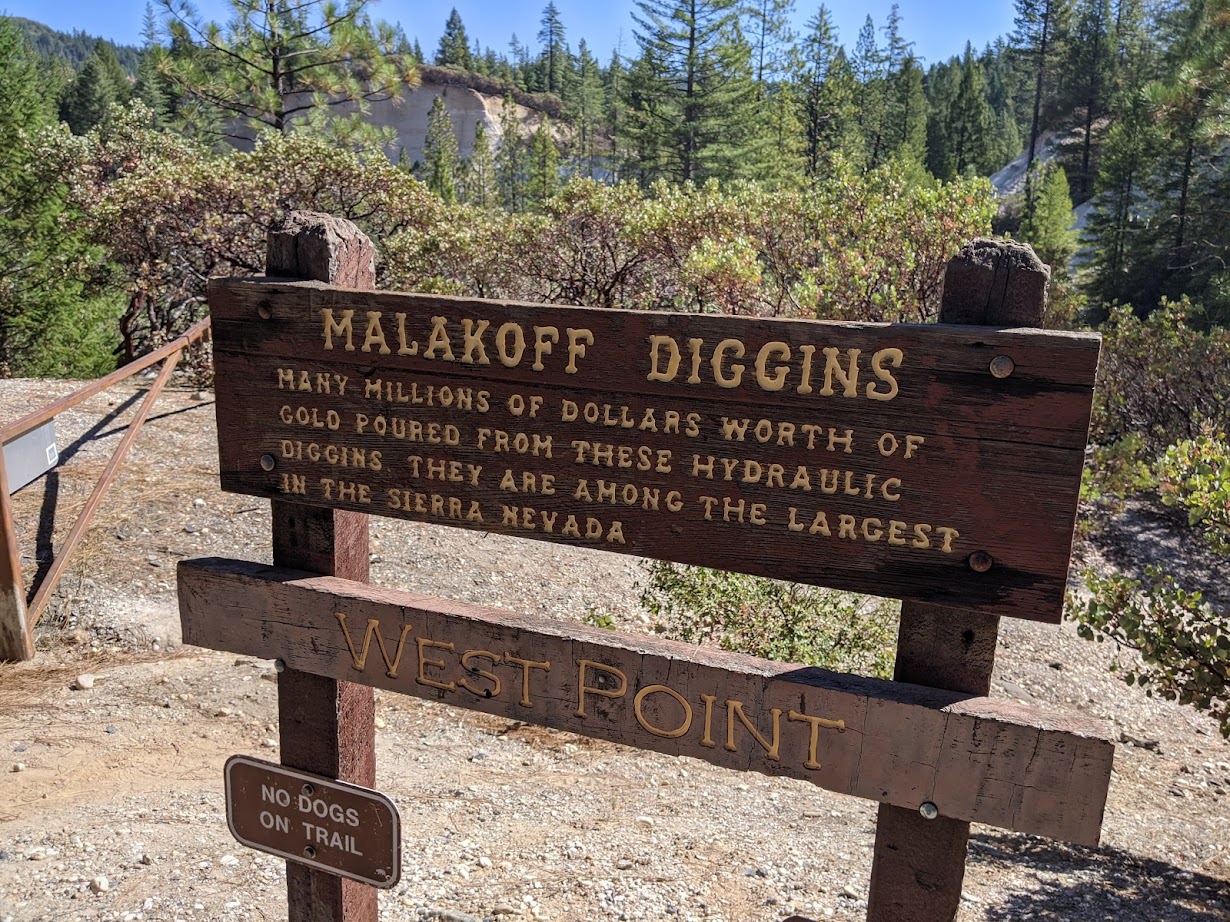
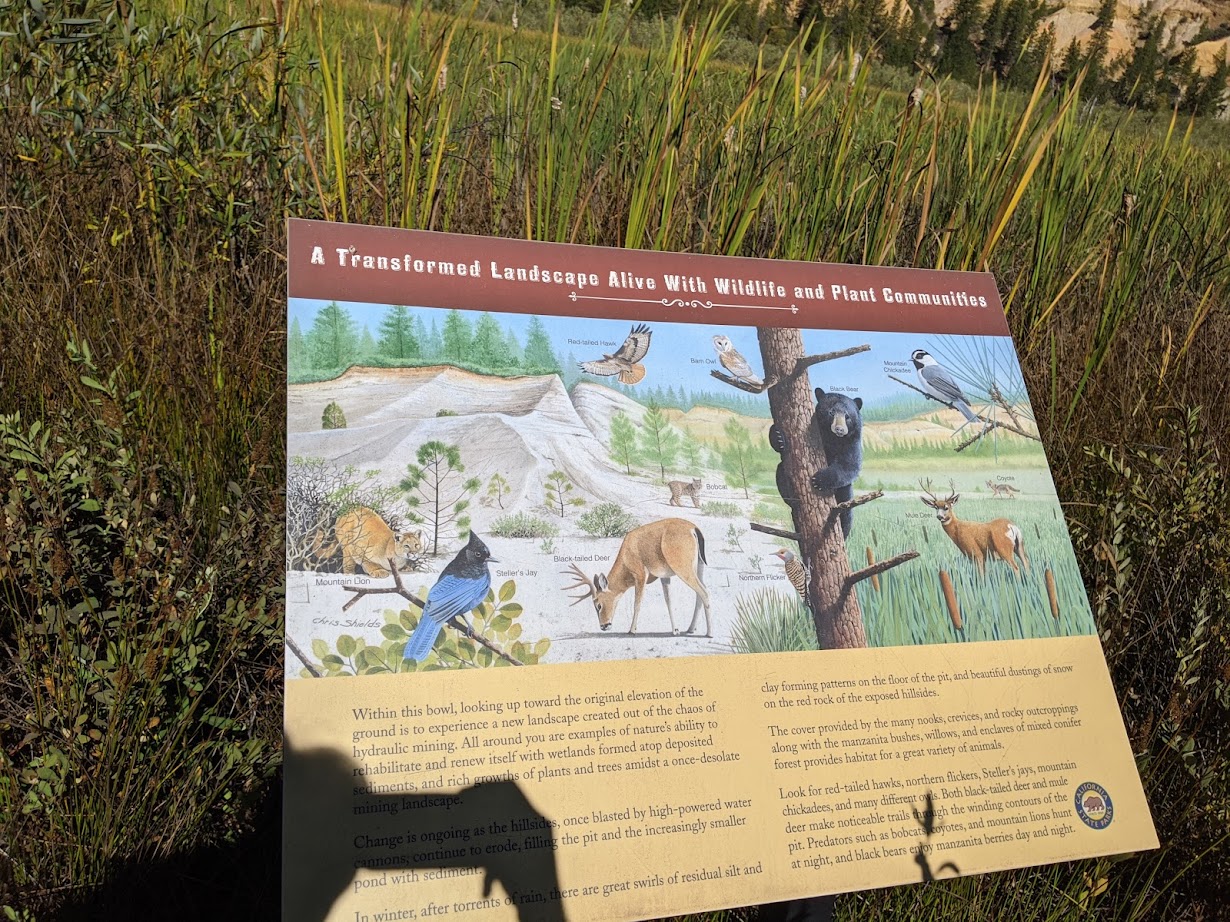
Although I have a strong personal connection to this place, I think that California’s gold country, with its history of resource extraction and exterminism, is a fitting setting for a work of climate fiction. Characters might reflect on the incredibly destructive hydraulic mining that took place here, the hardrock mining that poisoned the freshwater creeks and streams, or on nature's resilience in spite of these man-made disasters.
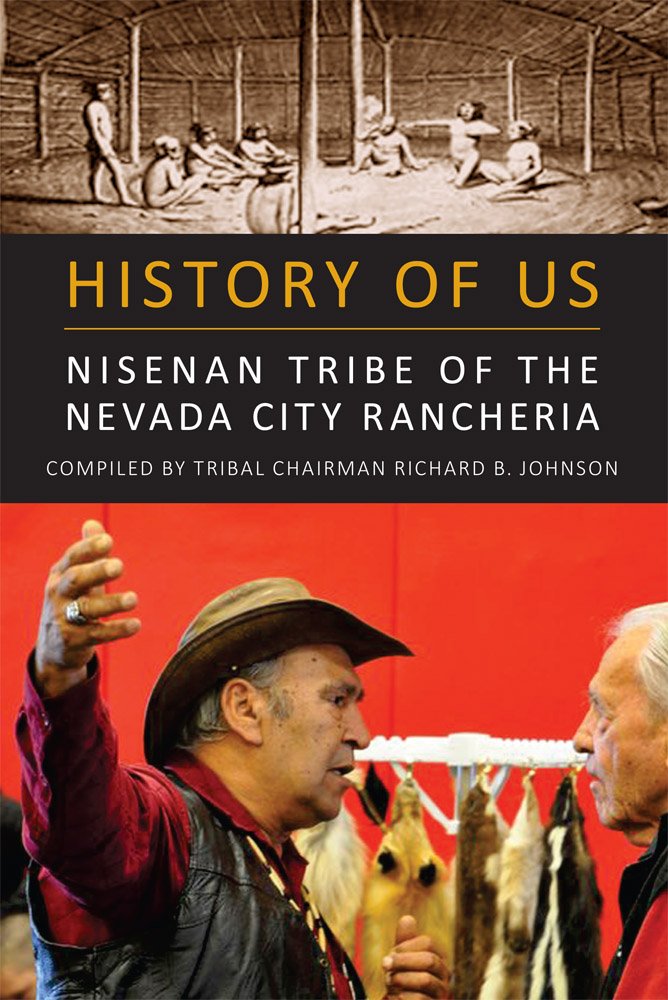
I’m also very interested in including some representation of the Nisenan people, who were systematically killed by white settlers in the gold rush, and since then have faced an extended battle for federal recognition. Some of the game mechanics I have been prototyping are adapted from hunting, foraging, and land management practices described in tribal chairman Richad B Johnson’s book History of Us. I’m interested in also featuring characters who are members of the tribe. I’ve reached out to Shelly Covert, secretary, community outreach and spokesperson of the Nevada City Rancheria Nisenan Tribal Council and executive director of the California Heritage: Indigenous Research Project (CHIRP) to discuss these possibilities. She was very enthusiastic about the project, things are still in a pretty early state (and she’s a pretty busy person!)
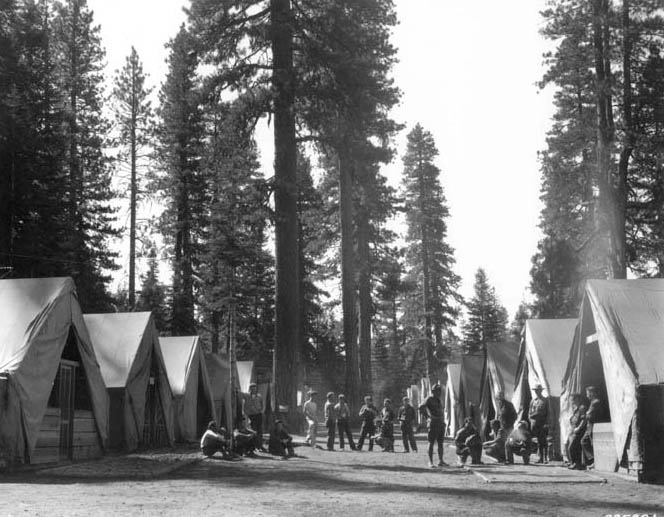
As with Fire Underground, I’m also very interested in labor history, and am looking at the WPA and the Civilian Conservation Corps. At the risk of indulging in too much backward-looking nostalgia, these new deal era programs offer a compelling model for some of what climate action could look like in the future.